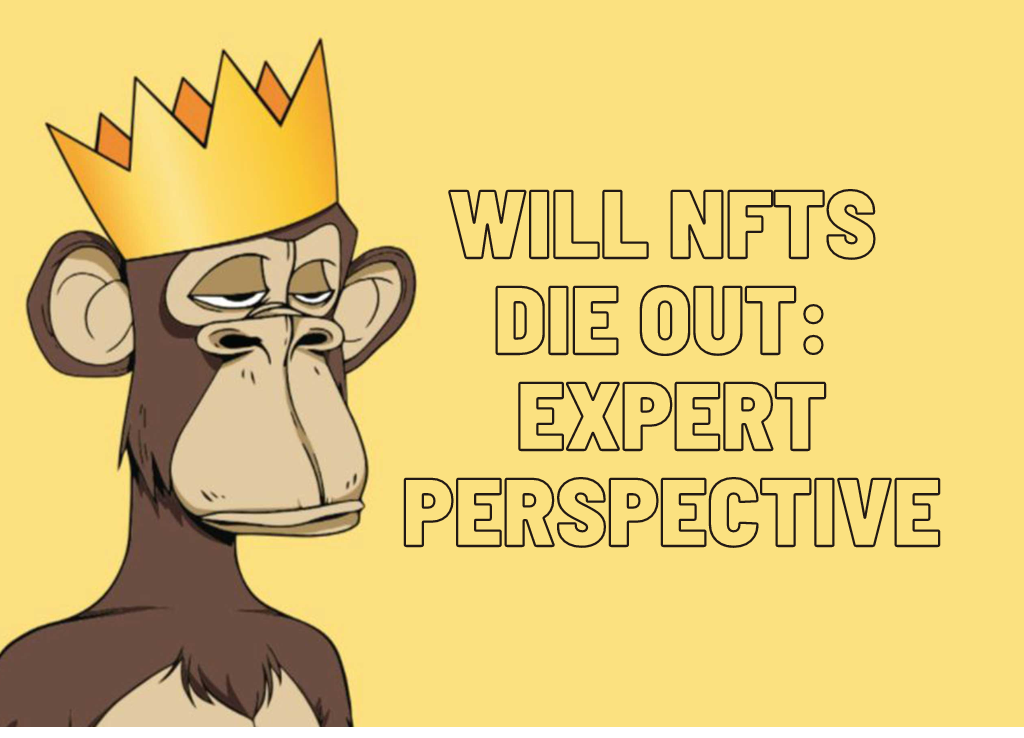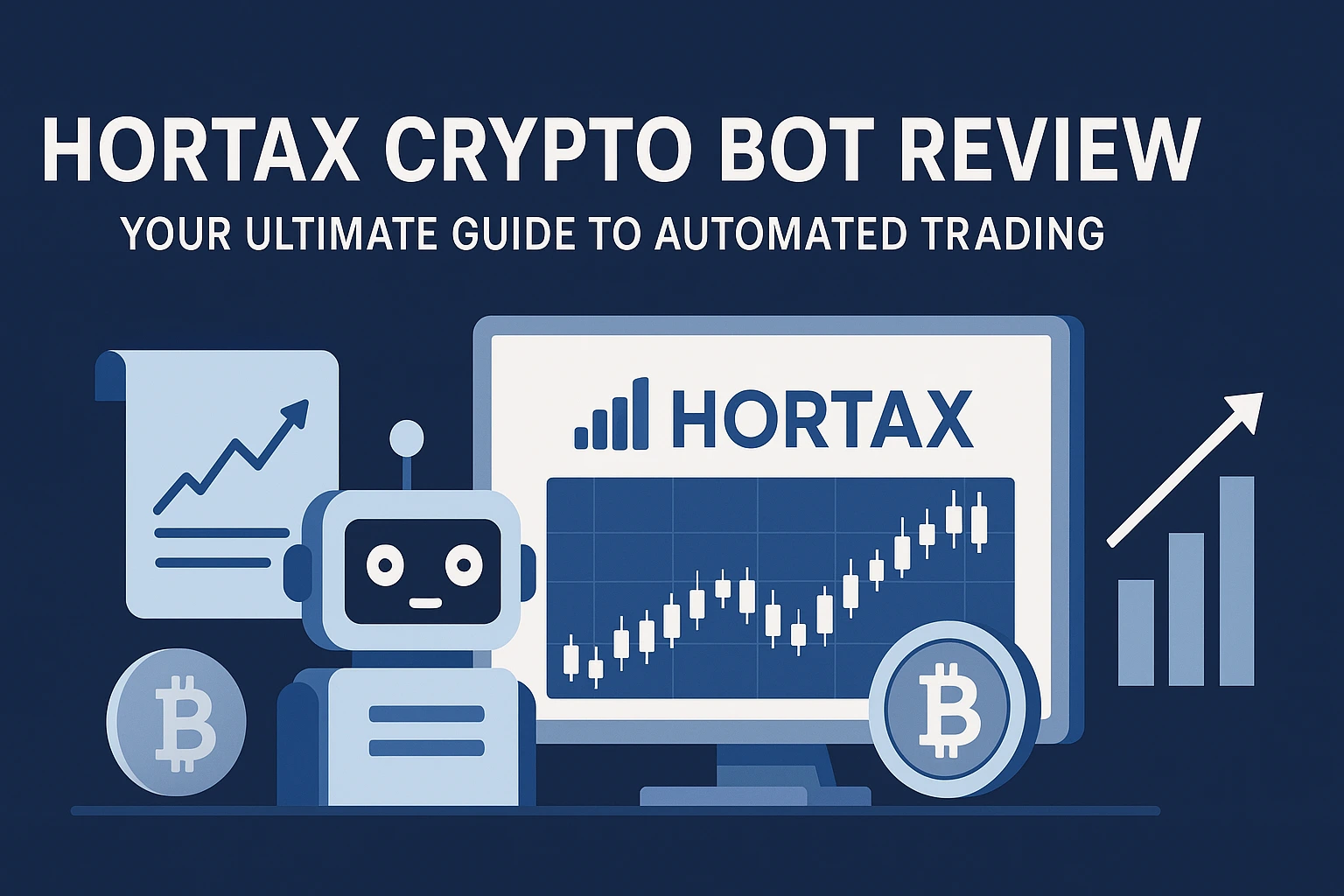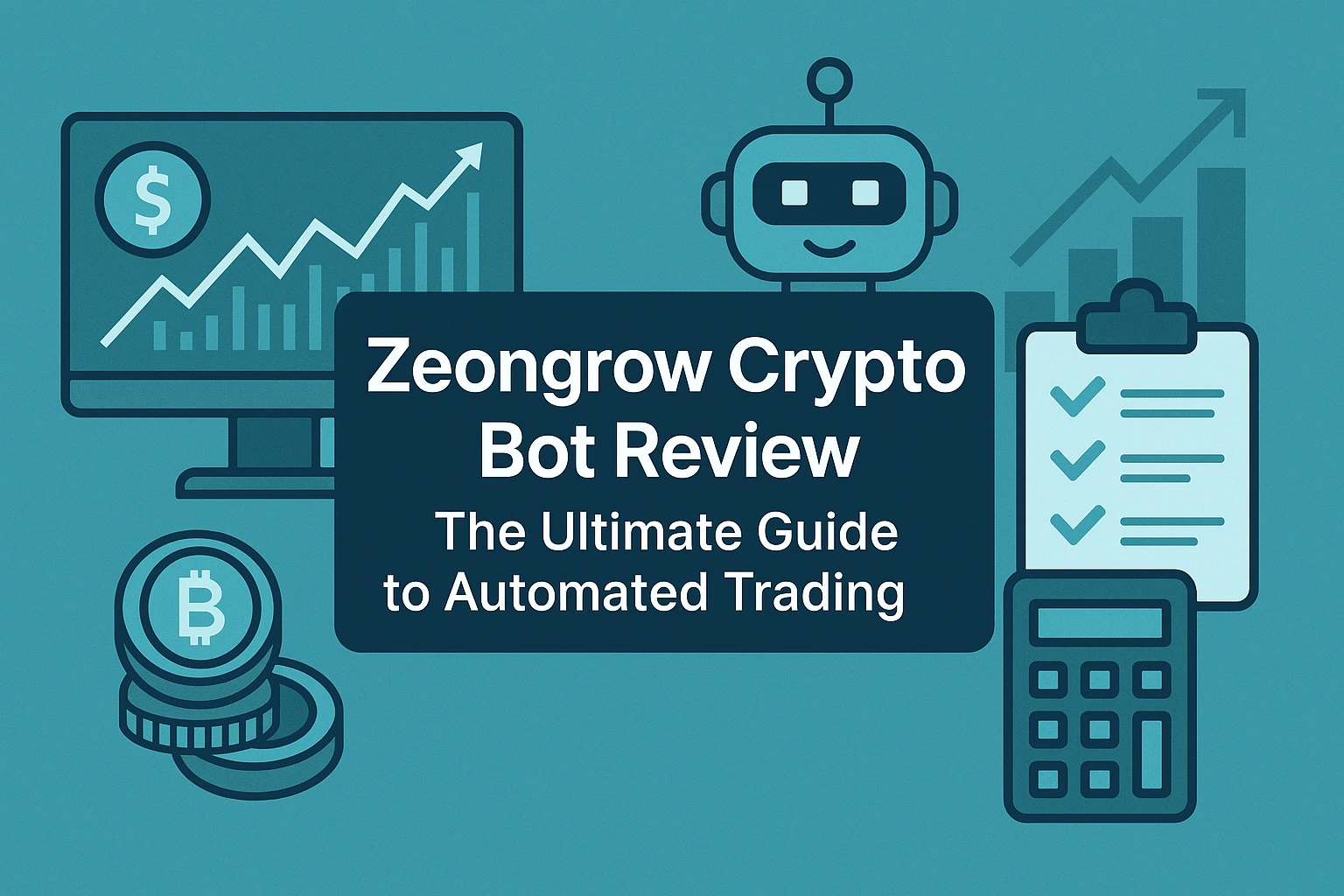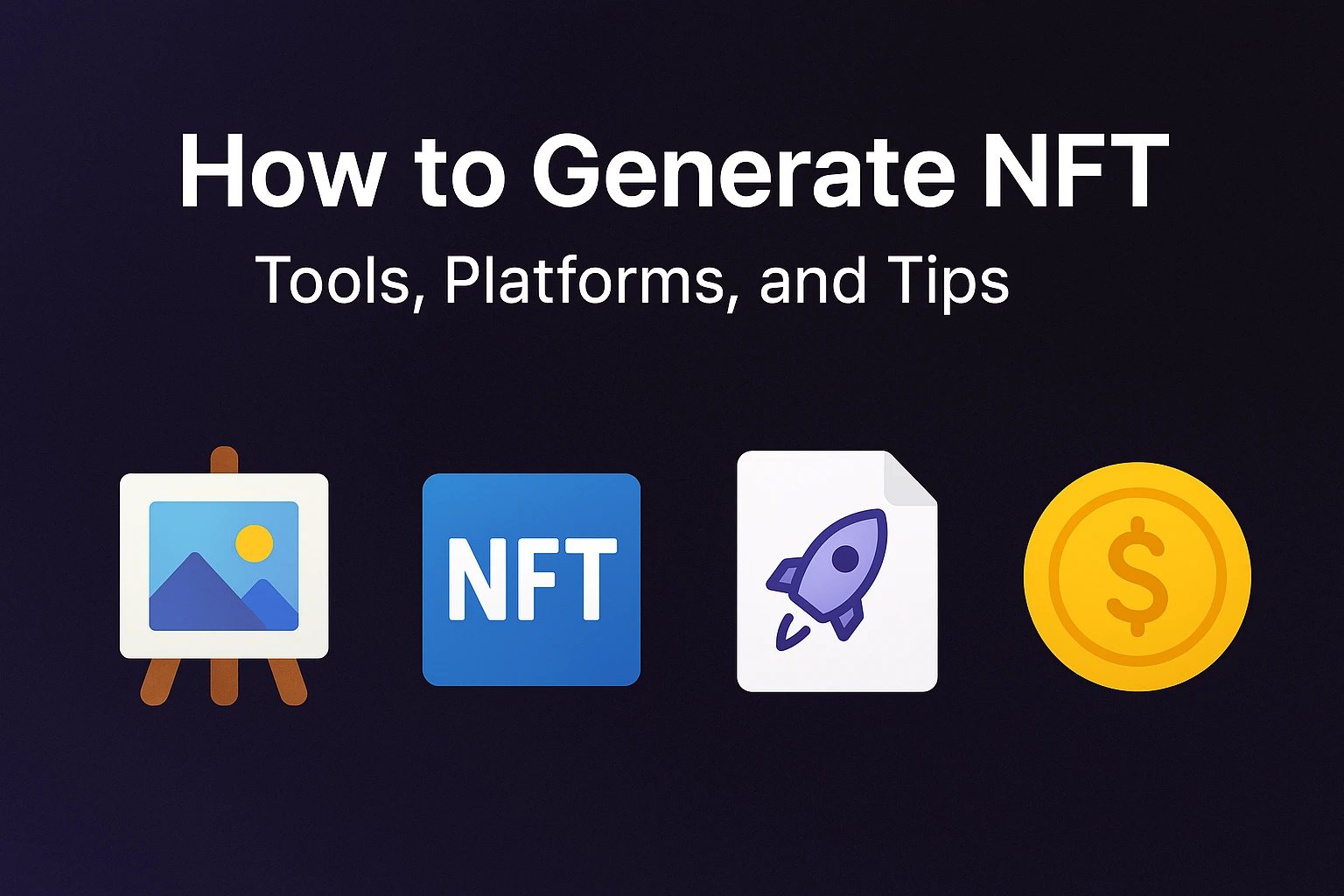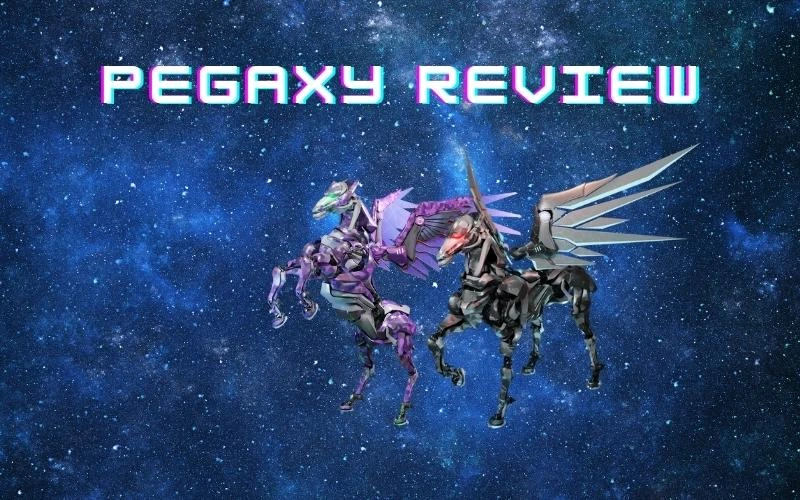“NFTs are dead.”
I’ve heard this declaration repeatedly since I entered the crypto space in 2018. First in 2019 after the initial CryptoKitties hype faded. Again in 2020 before the market explosion. Most emphatically in 2022 after the post-bull market collapse. And now, in 2025, this sentiment continues to circulate.
But are NFTs dead in 2025? The truth is more complex and far more interesting than the clickbait headlines suggest.
As someone who’s been deeply involved in the crypto and NFT ecosystems for over seven years—trading, creating, advising projects, and watching market cycles come and go—I’ve gained perspective on what constitutes a genuine technological revolution versus a temporary speculative bubble.
This analysis will cut through the noise to examine whether NFTs have truly flatlined or are simply evolving beyond their initial use cases. We’ll explore market data, technological advancements, real-world adoption, and make evidence-based NFT future predictions.
The NFT Market: Death or Evolution?
What the Data Actually Shows
To determine if the NFT market is dead, we need to examine objective metrics rather than anecdotal evidence:
| Metric | 2021 Peak | 2023 Low | 2025 Current | Change from Peak | Change from Low |
|---|---|---|---|---|---|
| Daily Trading Volume | $340M | $8.2M | $42M | -87.6% | +412% |
| Active Wallets (Monthly) | 1.3M | 280K | 620K | -52.3% | +121% |
| New Projects Launched (Monthly) | 3,500+ | 410 | 780 | -77.7% | +90% |
| Avg. Sale Price | $3,894 | $285 | $920 | -76.4% | +223% |
| Mainstream Brand Partnerships | 120+ | 35 | 210 | +75% | +500% |
Data compiled from multiple sources including DappRadar, NonFungible.com, and CryptoSlam, April 2025
This data tells a nuanced story. Yes, we’re well below the frenzied peak of 2021, but the market has substantially recovered from its lows and shows signs of sustainable growth rather than terminal decline.
Interpreting Market Cycles Correctly
Those declaring “NFT dead” often misinterpret market cycles as permanent conditions. Compare the NFT market trajectory to other technologies:
Technology Adoption Curves
- Internet (1995-2005): Initial speculation → Dot-com crash → Sustainable growth
- Mobile Apps (2008-2015): Initial hype → Market saturation → Ecosystem maturation
- NFTs (2021-2025): Initial mania → Market correction → Utility-focused development
The critical question isn’t whether NFTs will return to 2021’s unsustainable peak, but whether they’re establishing a foundation for long-term relevance.
The Evolution of NFT Utility
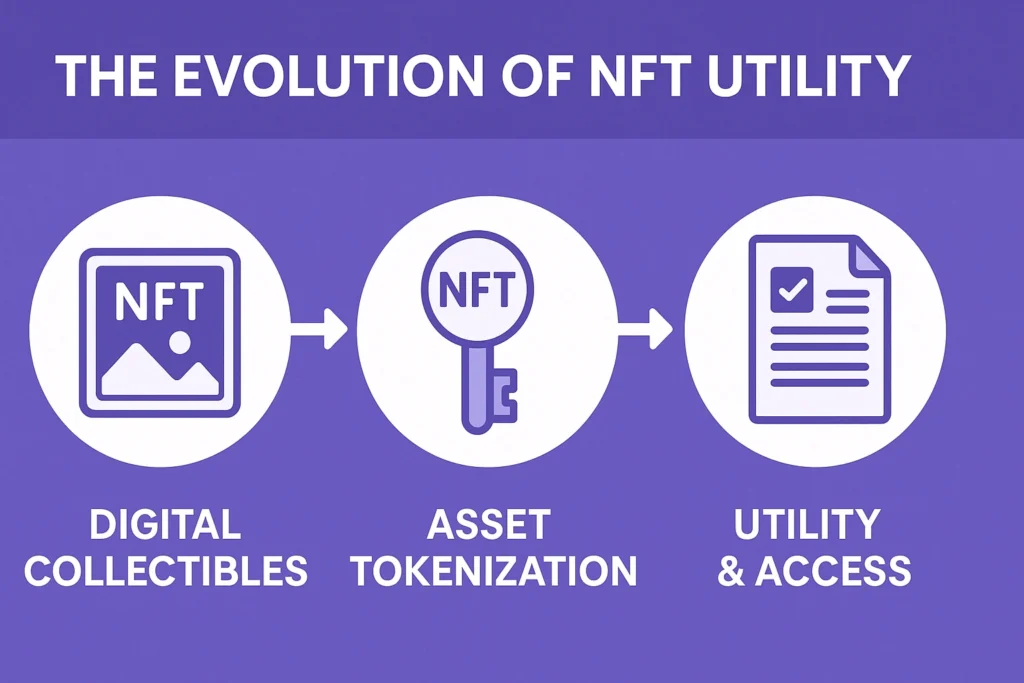
Moving Beyond Digital Collectibles
The initial NFT boom centered primarily around speculative digital art and collectibles. The current recovery and future growth depend on expanded utility:
Gaming and Interactive Media
NFT integration in gaming has matured significantly since 2021:
- Mainstream publisher adoption: Major studios including Ubisoft, Square Enix, and EA have implemented non-speculative NFT systems
- True ownership models: Games like Illuvium and Star Atlas have established sustainable economies
- Cross-game interoperability: Standards allowing assets to function across multiple games
Identity and Membership Applications
NFTs as access tokens has emerged as one of the most practical use cases:
- Community memberships: Groups like LinksDAO using NFTs for actual club membership
- Event ticketing: Major festivals and conferences using NFT tickets to reduce scalping
- Digital credentials: Professional certifications and educational achievements
Intellectual Property and Royalties
The music and entertainment industry has embraced NFTs beyond initial experiments:
- Artist royalty systems: Direct fan-to-creator funding models
- IP management: Transparent licensing and usage tracking
- Content monetization: New models replacing traditional streaming
“NFTs aren’t dead; they’re just no longer speculative get-rich-quick schemes. They’re becoming invisible infrastructure that powers new forms of digital ownership and interaction.” — Brian Eastwood, Blockchain Ventures (April 2025)
Have NFTs Failed? Addressing Key Criticisms

To determine if NFTs are dead in 2025, we need to honestly address the major criticisms:
Criticism #1: “Nobody cares about NFTs anymore”
Reality Check:
- Google search trends show NFT search volume in 2025 at 28% of peak levels, but stabilized with consistent growth over 8 consecutive months
- Major brands including Nike, Adidas, Coca-Cola, and Disney maintain active NFT strategies
- NFT mentions in quarterly reports of Fortune 500 companies have increased 35% year-over-year
The reality is that NFTs have moved beyond the hype cycle into practical implementation, becoming less newsworthy but more integrated into business strategies.
Criticism #2: “NFTs were just a speculative bubble”
Reality Check:
- The 2021 market undeniably contained bubble characteristics
- Current price discovery shows healthier correlation to utility rather than speculation
- New projects emphasize use cases over price appreciation potential
- Increased institutional involvement focused on infrastructure, not speculation
The speculative bubble has indeed popped, but the underlying technology continues to develop and find purpose.
Criticism #3: “NFT technology is fundamentally flawed”
Reality Check:
- Energy concerns addressed through widespread Proof-of-Stake adoption
- Scalability improvements via Layer-2 solutions reducing gas costs by 99%+
- Enhanced metadata standards ensuring long-term asset viability
- Advanced security protocols reducing fraud and theft
The technology has matured significantly, addressing most early limitations.
NFT Future Predictions: Where Are We Heading?
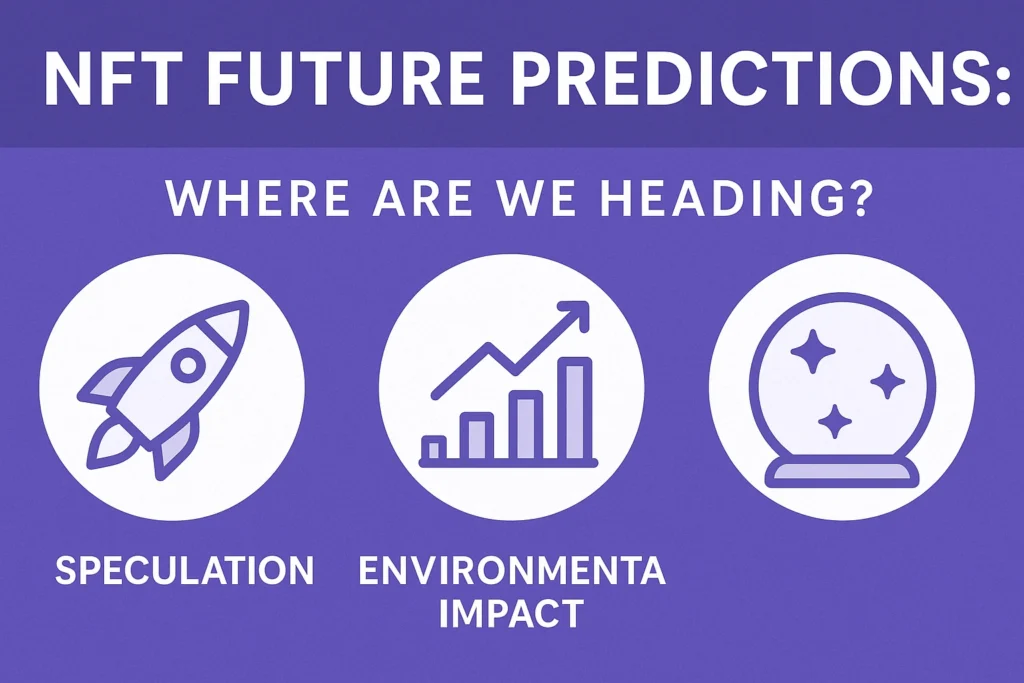
For investors and creators wondering if they should abandon NFTs, here’s my analysis of what the future of NFTs holds based on current developments:
1. Integration vs. Isolation
NFTs will increasingly blend with traditional digital products rather than exist as standalone collectibles:
- Gaming: In-game items with NFT characteristics, but without emphasizing blockchain
- Media: Streaming subscriptions bundled with ownership rights
- Software: License management through blockchain verification
The most successful projects will be those where the NFT aspect becomes nearly invisible to end users.
2. Institutional Adoption Acceleration
Major institutions are building infrastructure during this quiet period:
- Financial giants: JPMorgan, Mastercard, and Visa all have NFT integration roadmaps
- Entertainment conglomerates: Disney, Sony, and Universal developing comprehensive strategies
- Luxury brands: LVMH, Gucci, and others establishing authentication systems
This foundation-building suggests confidence in long-term viability despite public skepticism.
3. Regulatory Clarity Driving Maturation
The regulatory landscape has significantly clarified since 2021:
- Clear security vs. utility token guidance from SEC
- Standardized tax treatment across major jurisdictions
- Consumer protection frameworks specifically addressing NFTs
This regulatory clarity removes significant adoption barriers that previously existed.
4. The Emergence of Hybrid Physical-Digital Assets
The most promising growth area involves connecting NFTs to physical assets:
- Product authentication: Verifiable provenance for luxury goods
- Real estate: Fractional ownership and automated rental agreements
- Supply chain: Component tracking and verification
- Event access: Physical experiences linked to digital ownership
This bridge between digital and physical worlds addresses the “purely digital” criticism of early NFTs.
Investment Outlook: Is the NFT Market Dead for Investors?
For those wondering if it’s too late for NFT investment, here’s my honest assessment based on market data:
The New Investment Landscape
What’s Dead:
- Blind speculation: Buying random projects hoping for 100x returns
- Pure collectibles: Projects without utility or community beyond the artwork
- Artificial scarcity: Collections with manufactured rarity but no inherent value
What’s Thriving:
- Infrastructure plays: Platforms facilitating creation, trading, and utility
- Cross-chain solutions: Technology enabling interoperability between blockchains
- Royalty mechanisms: Systems ensuring creator compensation
- Enterprise implementation: B2B solutions for authentication and tracking
Strategic Investment Approaches for 2025+
For those still interested in NFT investment, consider these strategies:
- Focus on revenue-generating assets: NFTs that provide actual yield or utility
- Look for established communities: Projects with enduring engagement beyond price action
- Consider infrastructure over individual assets: Platforms and protocols supporting the ecosystem
- Watch for traditional company integration: Established businesses implementing NFT strategies
The Real Answer: Are NFTs Dead in 2025?
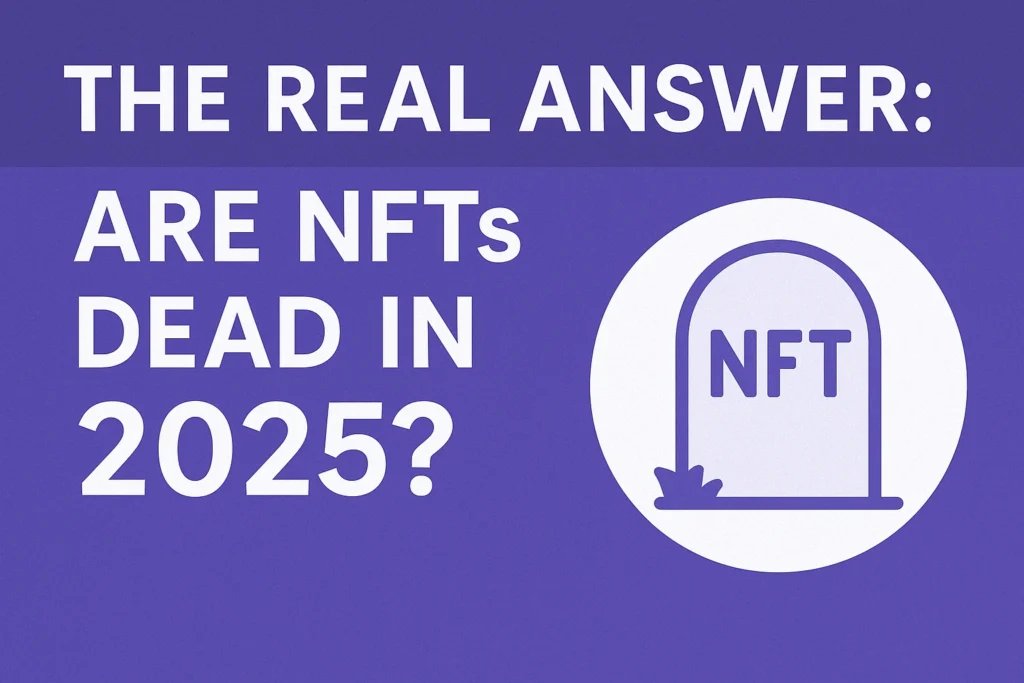
After thorough analysis, here’s my definitive answer to the question “are NFTs dead” in 2025:
No, NFTs are not dead—but the NFT market of 2021 certainly is.
What we’re witnessing isn’t death but transformation. The technology is maturing beyond its initial implementation, finding practical applications that deliver actual value rather than speculative returns.
This pattern mirrors virtually every significant technological innovation of the past century:
- Initial hype and speculation
- Market correction and public skepticism
- Quiet development and infrastructure building
- Mainstream integration and practical application
NFTs are currently transitioning from stage 2 to stages 3 and 4.
Those declaring “is the NFT market dead” are asking the wrong question. The better question is: “How are NFTs evolving to deliver genuine utility beyond speculation?”
Market Indicators to Watch
If you’re trying to gauge whether NFTs will die out completely or continue evolving, here are the key metrics to monitor:
Positive Indicators
- Developer activity: GitHub commits to major NFT protocols and standards
- Enterprise integration: Implementation by established companies
- Institutional investment: Funding for infrastructure and application development
- User metrics: Daily active users vs. trading volume (engagement beyond speculation)
Warning Signs
- Protocol abandonment: Developers leaving key projects
- Technical stagnation: Lack of meaningful innovation or problem-solving
- Regulatory hostility: Outright bans rather than thoughtful regulation
- Corporate retreat: Major brands abandoning established NFT strategies
Currently, the positive indicators significantly outweigh the warning signs, suggesting continued evolution rather than extinction.
Conclusion: The Transformation, Not Death, of NFTs
The data, trends, and developments we’ve examined all point to the same conclusion: NFTs are not dead in 2025, but they are fundamentally transformed.
The speculative bubble has indeed burst, but from its remains, a more sustainable and useful technology is emerging. This pattern mirrors countless technological revolutions throughout history.
Those proclaiming “NFT dead” are focusing on price charts rather than underlying utility and development. While this is understandable given the financial losses many experienced, it misses the broader technological evolution taking place.
The future of NFTs will likely be less about headline-grabbing sales and more about seamless integration into digital experiences, ownership models, and authentication systems. The technology may become less visible but more impactful as it matures.
For creators, investors, and enthusiasts wondering if they should abandon NFTs entirely, I suggest a middle path: remain skeptical of extravagant claims and speculative frenzies, but stay attentive to genuine innovation and utility. The quieter, less hyped projects often deliver the most long-term value.
The most exciting developments lie not in reviving 2021’s speculation but in building something more sustainable and beneficial for the future of digital ownership.
FAQ: Common Questions About the State of NFTs
Are NFTs dead because trading volume is down?
No. Trading volume is indeed down from the speculative peak, but this alone doesn’t indicate the death of a technology. Current volume shows healthy, sustainable growth from the market bottoms of 2023. More importantly, the ratio of holding time to trading frequency has increased, suggesting a shift from speculation to utility.
Will NFTs die out completely in the next few years?
This seems highly unlikely given institutional investment, continued development, and increasing real-world applications. The technology may evolve significantly and become less recognizable as “NFTs” in their current form, but the underlying concepts of digital scarcity and provable ownership are becoming more integrated into digital systems, not less.
Is the NFT market dead for creators?
The speculative market that allowed virtually any creation to sell for high prices is indeed gone. However, creators providing genuine value, utility, or exceptional artistic merit continue to thrive. The bar for success has risen, but opportunities remain for those creating with purpose rather than purely financial motivation.
If NFTs aren’t dead, why did prices crash?
Prices crashed because they were fundamentally disconnected from underlying value during the speculative mania. Current prices reflect more realistic valuations based on utility, community strength, and genuine demand rather than FOMO-driven speculation. This price discovery process is healthy and necessary for sustainable growth.
Are there any NFT sectors that are genuinely thriving in 2025?
Several sectors show genuine strength:
- Gaming NFTs with actual in-game utility
- Membership/access tokens for communities and events
- Physical product authentication systems
- Intellectual property and licensing management
- Identity and credential verification
I lost money on NFTs. Should I re-enter the market?
This depends entirely on your approach. If you’re looking to speculate on price appreciation alone, the market remains risky. However, if you’re interested in projects with genuine utility, strong communities, and sustainable models, selective opportunities exist. The key difference from 2021 is the need for careful research rather than momentum-based investing.

I am Yuriko, a full stack blockchain developer. I got into programming in high school, and have been hooked ever since. I love pushing the boundaries of what is possible with code, and exploring new ways to solve problems.
I am 35 years old, and started my career as a web developer. I soon transitioned into blockchain development, and have never looked back. I am excited about the potential of blockchain technology to change the world, and am committed to doing my part to make that happen.

